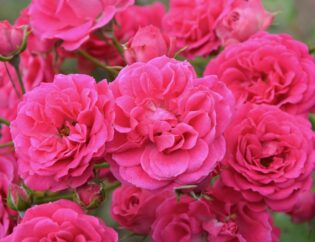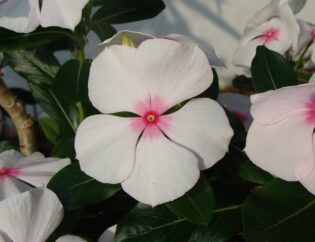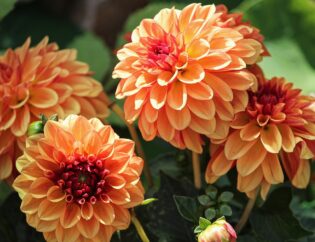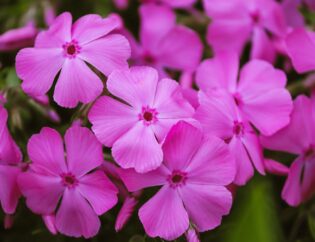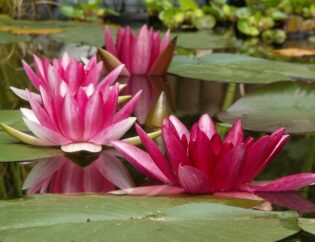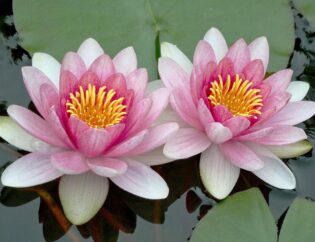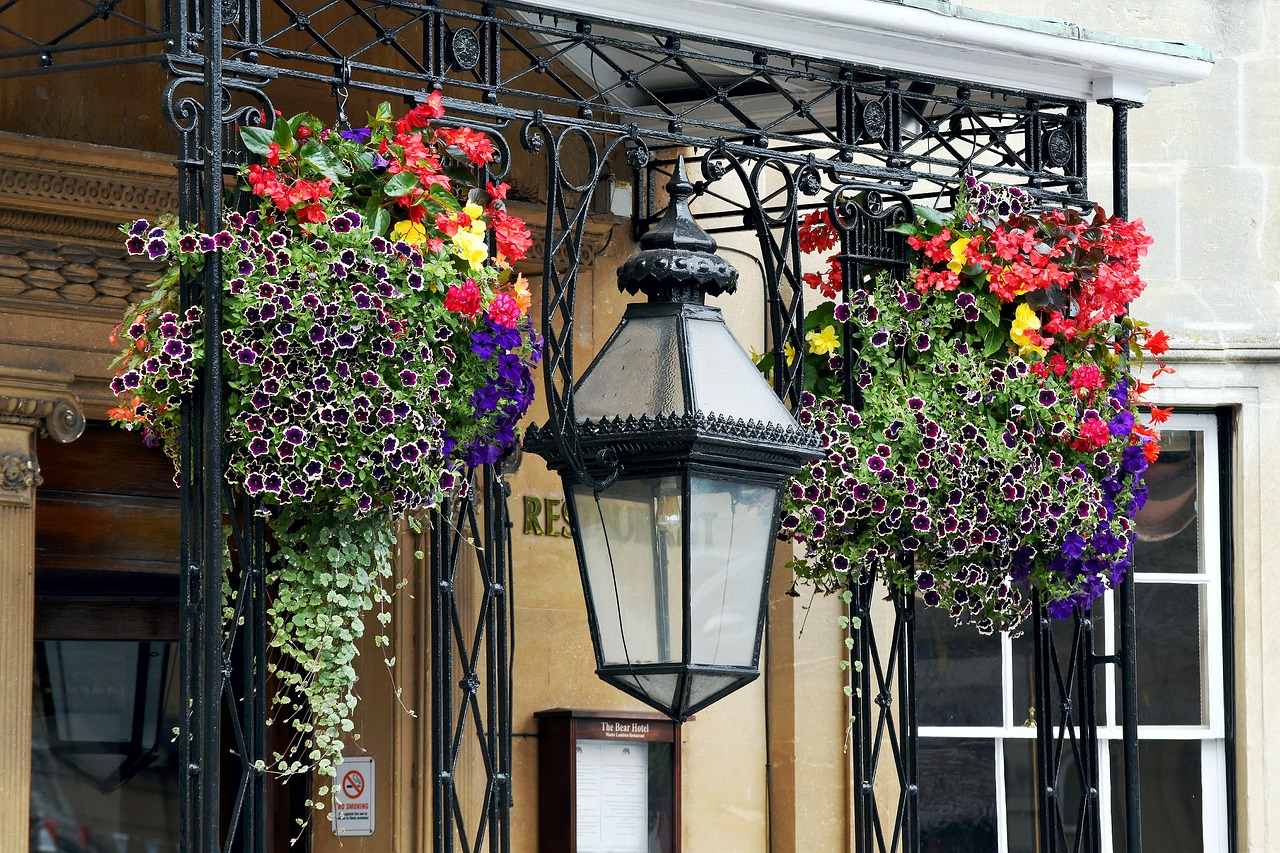
Having plants around the home provides many positive benefits. These include reducing stress, increasing productivity, and improving indoor air quality.
Georgia homeowners looking to take advantage of these benefits should learn how to hang plants around their homes. Read on to learn how here!
How to Hang Plants Indoors
Hanging plants indoors is a great way to decorate the home without taking up floor or table space. Further, interesting hangers like macrame or handmade ceramic pots add a stylish flair.
Of course, there are a few things homeowners should keep in mind. Let’s look at them here and learn how to hang plants indoors.
Choose Your Plants
First, consider the area where the plant will go. How much space is there? What size plant will work? Is there a certain color scheme?
With this in mind, choose the type of plant to hang. Remember that trailing plants or vines look gorgeous in hanging pots. Flowers that mostly grow straight up are not as enjoyable since it is hard to see the blooms.
Finally, consider the amount of light available for the plant. The right light will make or break the plant’s success and hanging the plants in front of windows is a good choice. Here are a few plant variety ideas:
- Bright Light Hanging Houseplants: String of Pearls, String of Hearts, and trailing hoyas and succulents
- Medium Light Hanging Houseplants: Air plants, Brazil Philodendron, Golden Pothos, and Swiss Cheese Plant
- Low Light Hanging Houseplants: Watermelon Peperomia, Jade Pothos, and Heart Leaf Philodendron
Plan the Pots and Hangers
With a plant variety in mind, it’s time to choose the pot and hanger. The easiest method is to buy an as-is houseplant from the store already in a hanging basket.
For a more personal touch, jute or macramé hangers are a beautiful, natural complement. Homeowners can pair these with virtually any round pot or buy a pot specifically designed for the task. Those looking for truly unique options should check out sites like Etsy.
Ceramic pots are classy, but keep in mind the weight of the materials. If the plant gets to be quite heavy, it will require heavy-duty hardware.
Finally, don’t forget about drainage. A good method is to keep the plant in its nursery pot and put the whole thing inside a decorative pot without holes. Then, you can remove the excess water with a turkey baster.
Supplies Needed:
To hang the pot, gather the following materials:
- Pencil
- Stud finder with electrical detection (to avoid drilling into wiring)
- Eye protection (drilling into a ceiling of drywall is messy)
- Ladder
- Drill
- Drill bit in the right size for the hook assembly
- A buddy to pass things so you don’t have to keep climbing up and down the ladder
- Hook assembly-usually has a toggle option for drywall and a screw option for a stud
- Measuring tape-useful for centering on windows and good for ensuring the hook won’t be too close to the wall/ window. Be sure to hang with some extra space so that the pot isn’t squished against the wall.
How to Hang Plants from the Ceiling Using Hooks
Hanging the plant from the ceiling with hooks is a fairly simple procedure.
- Use the stud finder to choose the spot and mark with the pencil. Use either a screw drilled directly into the stud or choose a hook kit with a spring-loaded metal toggle. This opens up (kind of like an umbrella) after being inserted into the hole. This setup allows homeowners to hang plants from drywall with confidence. (Though very heavy plants/planters should be secured using a stud.)
- Use the drill bit to drill a pilot hole. The size of this hole will be specified by the instructions for your hardware.
- Attach the hook to the ceiling. If using a metal toggle for drywall, the pilot hole may need to be enlarged. Fold the wings closed and insert the toggle into the hole. Give it a wiggle to make sure the wings open to securely fasten the hook. For stud installation, screw the hook into the pilot hole.
- With the hook secure, simply hang the plant!
How to Anchor Plants on the Wall
Follow a similar procedure to anchor plants to the wall.
- Choose a hook long enough and strong enough for the plant. Hook screws work for small plants, but heavier plants will require a toggle bolt.
- Use the stud finder to choose and mark with a pencil.
- Drill a pilot hole with a bit that is slightly smaller than the screw.
- Attach the hook to the wall and hang the plant.
For wall plants, homeowners may choose to use a bracket and round metal pot holder instead. Install the bracket in a similar fashion.
How to Hang Plants Outside
Hanging plants outside is similar, but homeowners have a little more freedom. Generally, there is more light available and water draining from the bottom of the pot is less of a concern. If drilling into the home or fence isn’t an option, a shepherd’s hook is a great option.
Popular Plant Varieties for Hanging Baskets Around Atlanta
Cascading and vining plants are a good choice for outdoor planters. Homeowners may also choose larger plants as the baskets can be hung from support beams on the porch and space is usually more abundant outdoors than inside the home.
Here are some popular options for the Atlanta area:
- Cascading Petunias
- Verbena
- Lantana
- Lobelia
- Creeping Jenny
- Sweet Potato Vine
- Mandevilla
How to Hang Baskets from a Pergola or Porch Ceiling
The procedure for hanging plants from beams on a pergola or porch ceiling is basically the same as hanging them from studs indoors.
However, there are a few other considerations to keep in mind. Be aware of where people will be walking when choosing the positioning as well as where the excess water that drains from the pot will go. And consider the reach of the garden hose (or plan to use a watering can or drip line).
Furthermore, homeowners must choose appropriate materials that can hold up to the elements. Galvanized steel chains are strong, rust resistant, and up to the task.
How to Hang Plants on a Fence
Many homeowners choose to decorate their fences with bright blooms. From this location, the colors act as an accent to the rest of the patio or backyard design. There are a few methods they can use to hang plants on a fence.
- Use an S-Hook: Simply slip one end of a large S-hook over the top of the fence and hang the plant from the other end
- Use a Bracket: Attach a bracket using the method already described
- Use a Toggle Bolt: This hardware opens up kind of like an umbrella after being inserted into the fence to hold heavier plants
- Use a Basket with Built-In Hooks: Some planters come specifically made to hang against the fence. Simply attach with the built-in hooks.
How to Hang a Planter on a Deck Railing
Hanging planters from the deck railing is another great option that many homeowners will love. A hanging planter box or basket adds color that can be swapped out when the seasons change or for easy maintenance. There are various methods that homeowners can use to attach them.
Use screws to attach the planter either directly on top of the railing or through the side of the container. Over-the-rail brackets don’t require screws but can hold a limited amount of weight. Straddle-style planters are specifically designed to sit over the top of a deck railing.
How to Hang Plants from the Ceiling Without Drilling
Is there a way to hang plants from the ceiling without drilling into it? Unfortunately, unlike a fence or deck railing, there isn’t an easy or reliable way to hang plants from the ceiling without drilling.
Homeowners can mimic the look, however, by placing the plant on a tall stand or on the edge of a piece of furniture. Another idea is to use a moss pole, topiary frame, or trellis in a pot to grow vines vertically.
Got a Project in Mind?
Here at Atlanta Turf & Tree, we take immense pride in building beautiful, lasting landscapes that double as living art. We have over 35 years of combined experience in the industry and understand the challenges unique to Georgia landscapes. Contact our landscaping services experts to get going on your project!
